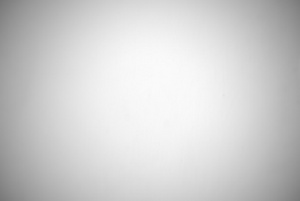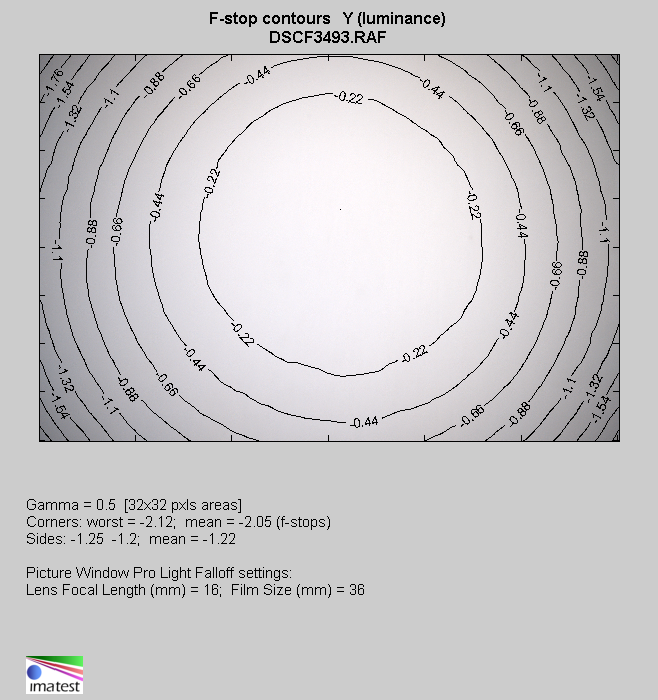Fujifilm Fujinon XF 8 mm f/3.5 R WR
8. Vignetting
| X-T2, JPEG, f/3.5 | X-T2, RAW, f/3.5 |

|

|
| X-T2, JPEG, f/4.0 | X-T2, RAW, f/4.0 |

|

|
| X-T2, JPEG, f/5.6 | X-T2, RAW, f/5.6 |

|

|
It's clear that vignetting is corrected in JPEG files and you can't switch that process off. What's more, images after distortion correction are additionally cropped. As a result vignetting values for JPEG files are moderate – at the maximum relative aperture this aberration reaches 22% (-0.73 EV), by f/4.0 it decreases to 17% (-0.54 EV), and by f/5.6 it drops to a quite imperceptible level of 10% (-0.32 EV).
Please Support UsIf you enjoy our reviews and articles, and you want us to continue our work please, support our website by donating through PayPal. The funds are going to be used for paying our editorial team, renting servers, and equipping our testing studio; only that way we will be able to continue providing you interesting content for free. |
- - - - - - - - - - - - - - - - - - - - - - - - - - - - - - - - - - - - - - - - - - - - - - - -
Only by analyzing RAW files you can discover a real level of this aberration. At the maximum relative aperture the vignetting is 51% (-2.05 EV). It's a lot but, taking the parameters of the tested lens into account, also a nice surprise. After all on RAW files you do get these several degrees of field of view more. If you limited the field to a value stated in official specifications, corresponding to the 8 mm focal lenth, the vignetting would be reduced to a value below 2 EV.
By f/4.0 brightness loss in frame corners amounts to 47% (-1.83 EV), by f/5.6 it is decreased to 38% (-1.39 EV), and by f/8.0 you see it reduced to 37% (-1.32 EV). Further stopping down doesn't provide any measurable effects.
| Fujifilm X-T2, RAW, f/3.5 |
 |






